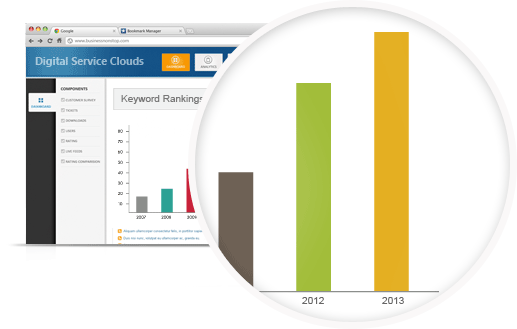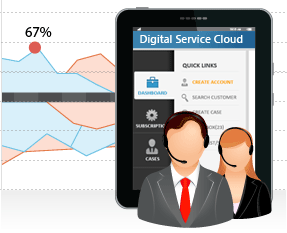Submitted by Larry Gordon, iYogi
 There was a time when small electronic calculators sold for as much as $400, but they have long since become commodities, and can now be purchased in a discount store or online for a few dollars. A similar pricing trend is engulfing the personal computer and computer peripheral industry today, as prices for what were once costly and specialized goods drift farther and farther downward.
There was a time when small electronic calculators sold for as much as $400, but they have long since become commodities, and can now be purchased in a discount store or online for a few dollars. A similar pricing trend is engulfing the personal computer and computer peripheral industry today, as prices for what were once costly and specialized goods drift farther and farther downward.
Consumers view the results of this trend as delivering better prices, but OEMs see the same results and call this “price and profit erosion.” This is what causes shakeouts and M&A activity to dominate the industry. One path to survival is to become well capitalized enough to buy out all your competition. Beyond that, another textbook approach is to cut costs wherever possible.
Depending on your perspective, cost-cutting can be seen as either “taking a hatchet to the budget” or as “strategic realignment.” Regardless, it all comes down to finding areas where you can spend less money. Layoffs and reductions in operating expenses will inevitably affect customer service and support departments, since those are areas that executives may see as expendable. This can be a critical error, and the decision to eliminate live support in favor of hard-to-navigate voice mail trees and searchable indexes can often backfire.
 A more successful approach may be to uncover innovative new revenue opportunities for your support organization.
A more successful approach may be to uncover innovative new revenue opportunities for your support organization.
Advancements in Customer Support as a Service (CsaaS), implemented through Digital Service Cloud, can deliver improved service without a significant capital expense, and can drive additional revenue opportunities that may more than offset the price erosion resulting from product commoditization.
The Digital Service Cloud delivers revenue opportunities with capabilities such as asset inventory and predictive analytics, which allows companies to gather valuable information about devices the customer owns but aren’t currently being supported, and by predicting what the customer is likely to want and need in the future. Auto-install and distribution of useful product-related apps further allows high value resources to be delivered using a push model. Other opportunities can be discovered as a result of the increased amount of customer information being gathered.
Success mandates becoming more than just a manufacturer and purveyor of commodity products. Through disruptive new tools like Digital Service Cloud, it becomes possible to significantly expand your value proposition and take the lead in an environment where the competition may be finding it difficult to survive.

